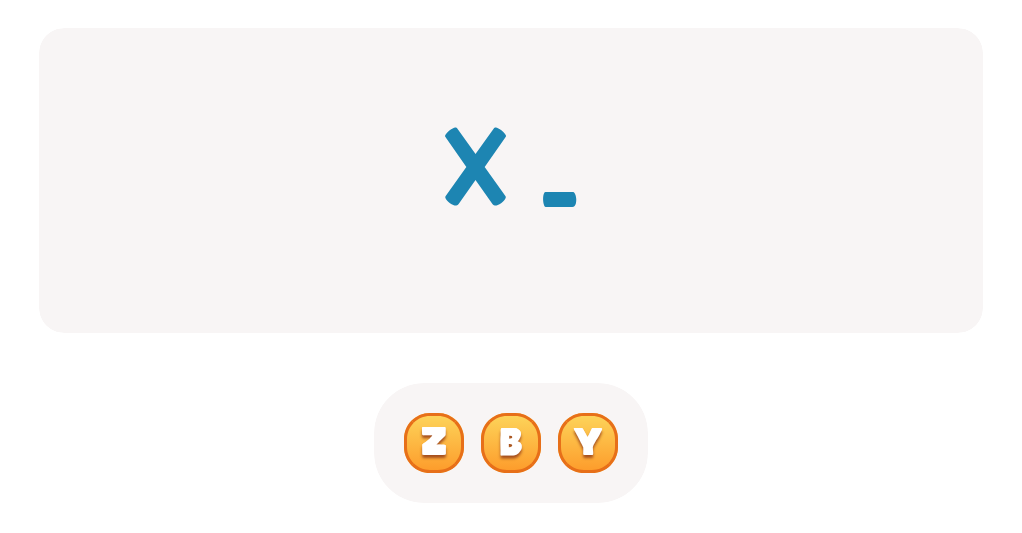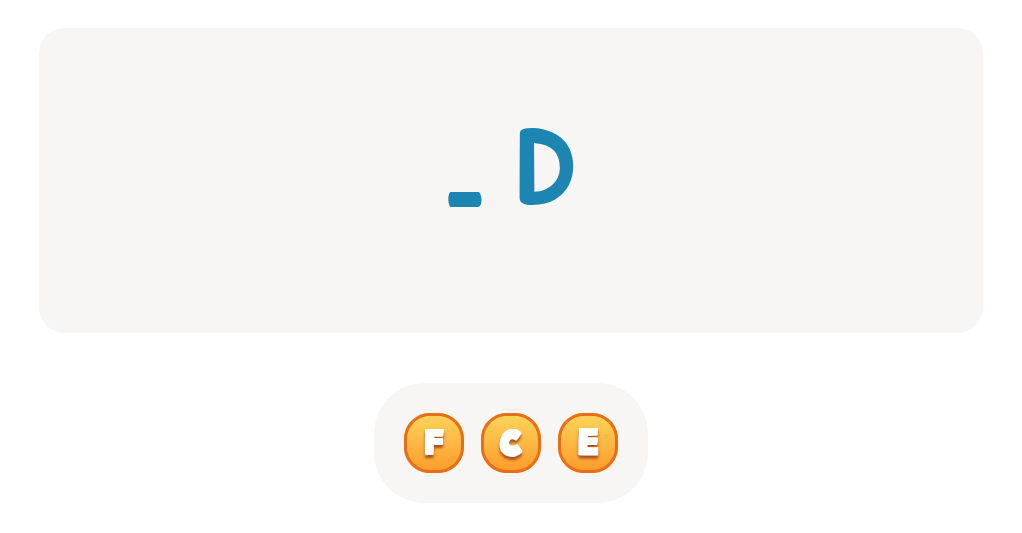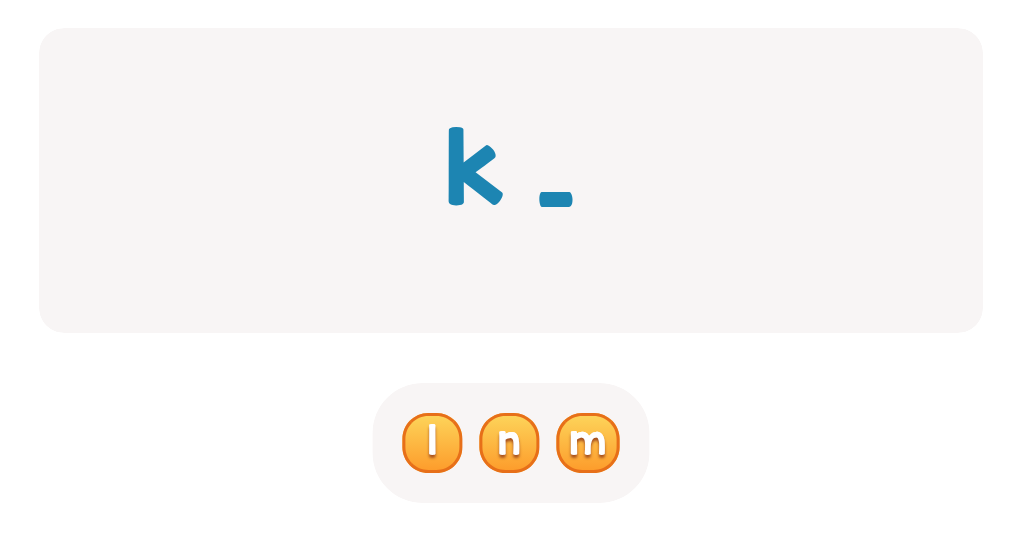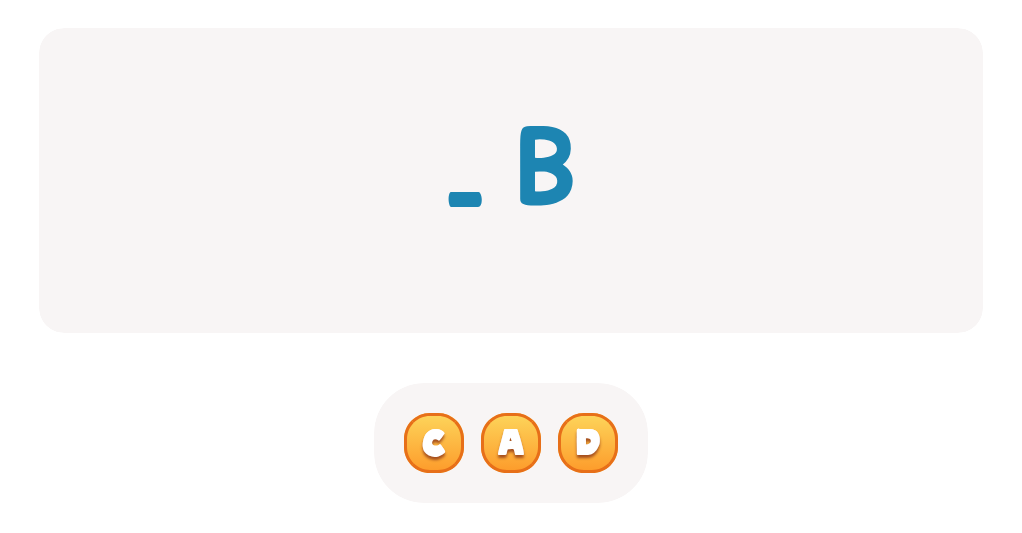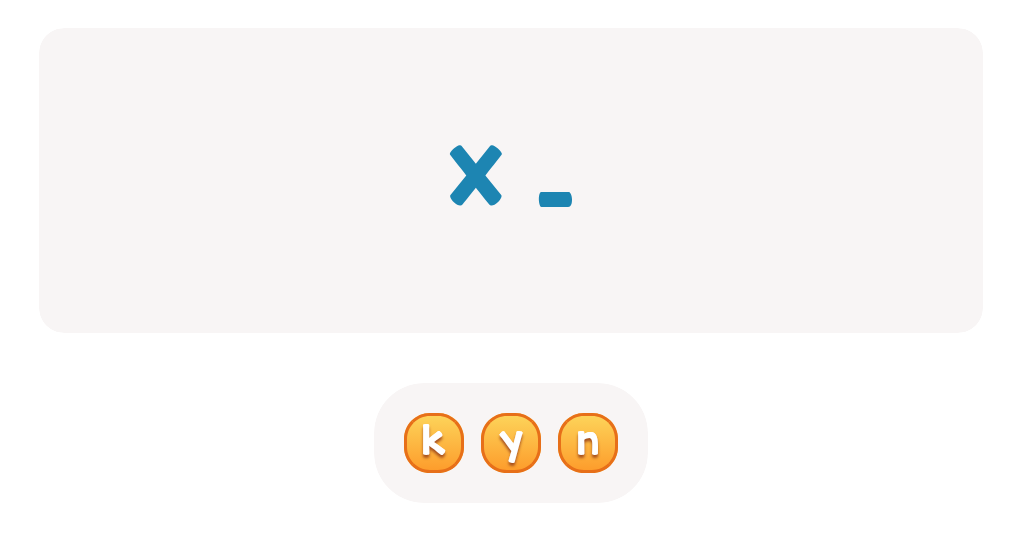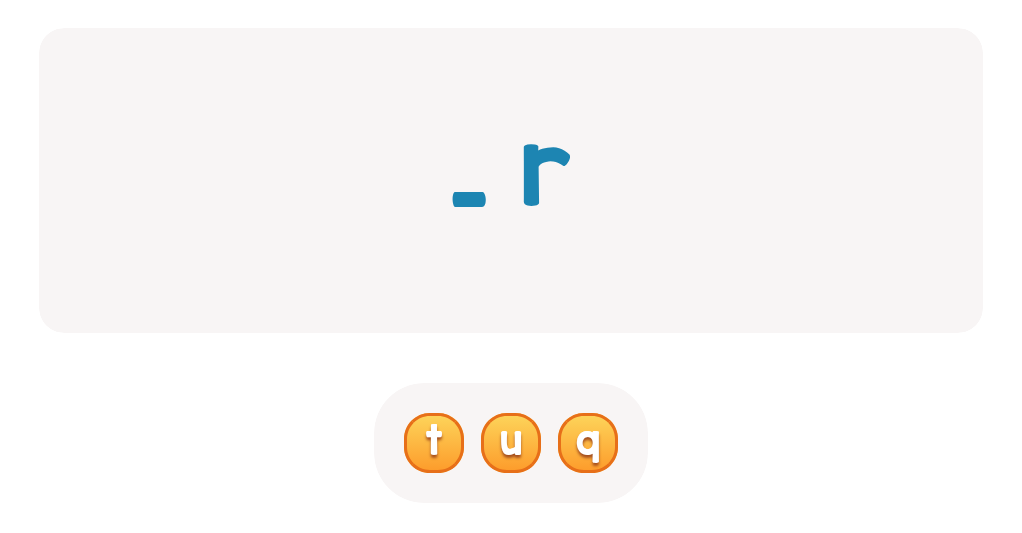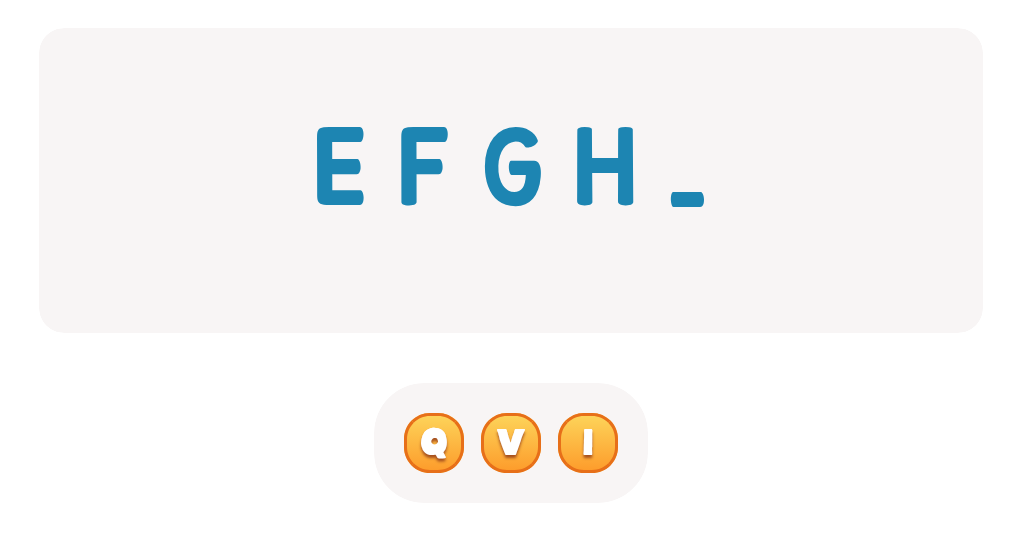Visual discrimination skills Normal Upper & Lowercase Letters Worksheets for Ages 5-8
4 filtered results
-
From - To
Enhance your child’s visual discrimination skills with our engaging worksheets designed for ages 5-8! These printable activities focus on recognizing and differentiating between normal uppercase and lowercase letters, essential for early literacy development. With colorful illustrations and fun exercises, children will boost their letter recognition, attention to detail, and cognitive abilities while enjoying the learning process. Each worksheet is tailored to encourage practice, making it easy for educators and parents to support young learners. Ideal for classroom use or at-home learning, our visual discrimination worksheets will help your child become more confident in their reading and writing skills. Explore the joy of learning today!


Find Uppercase Letters A, B, and C Worksheet
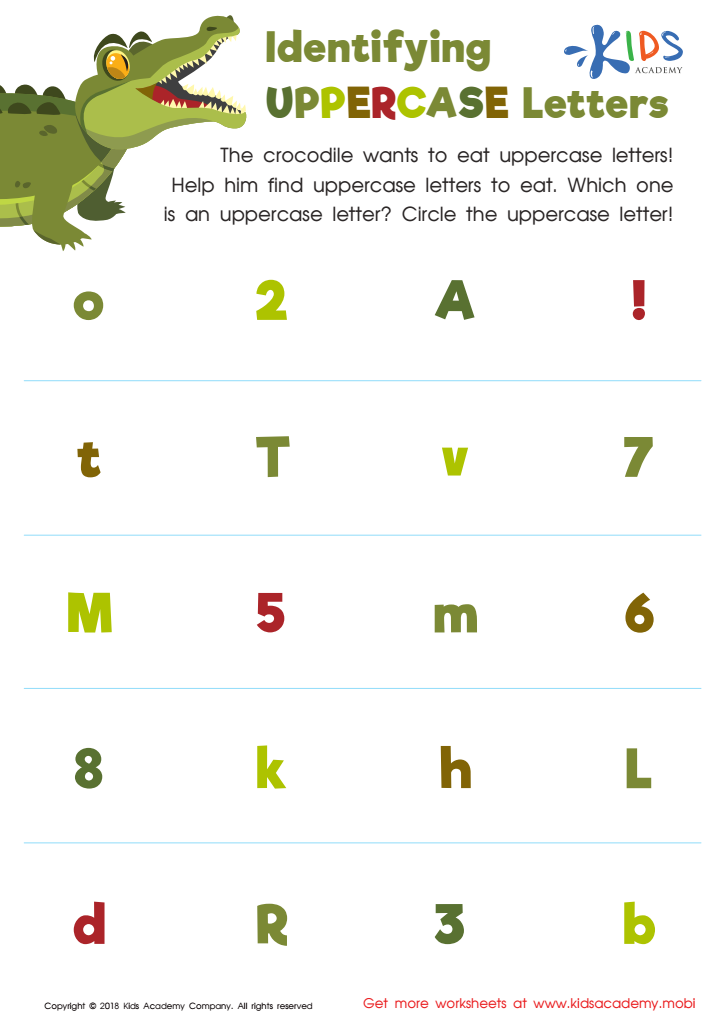

Identifying Uppercase Letters Worksheet
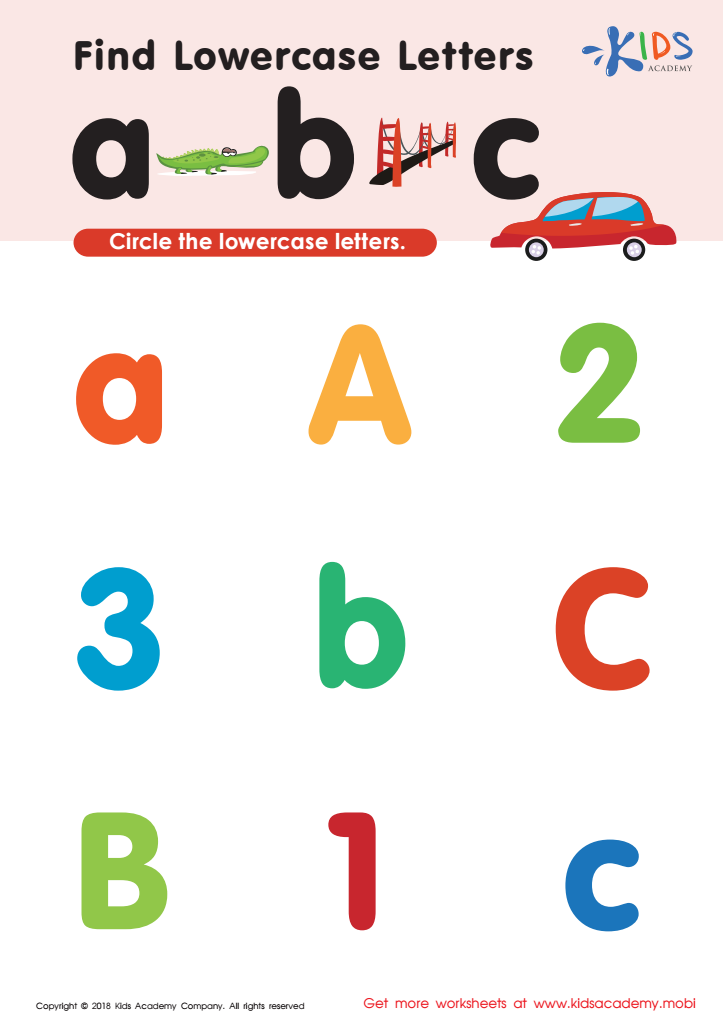

Find lowercase letters a b c Worksheet
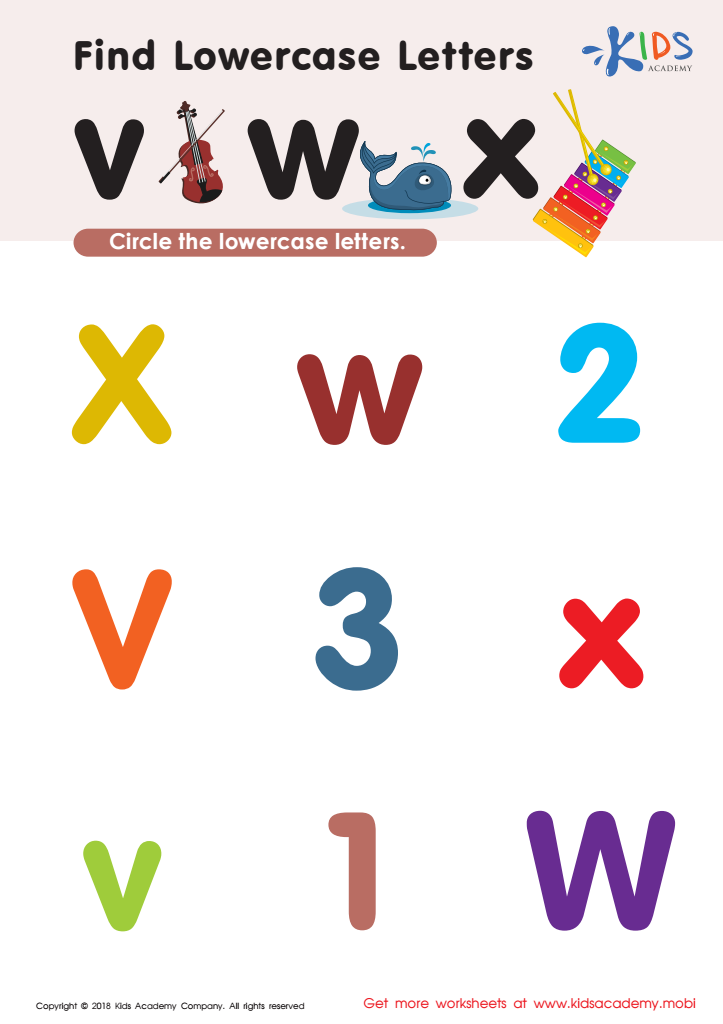

Find Lowercase Letters v w x Worksheet
Visual discrimination skills are crucial for early literacy development, particularly in recognizing normal uppercase and lowercase letters. For children ages 5-8, these skills directly impact their ability to read and write effectively. When children can distinguish between similar-looking letters, such as 'b' and 'd' or 'p' and 'q,' they are less likely to make mistakes in decoding words, which can lead to greater confidence and fluency in reading.
Parents and teachers should care about these skills because they underpin foundational literacy that affects overall academic performance. Good visual discrimination allows children to identify letters quickly, facilitating word recognition, spelling, and comprehension. This skill also promotes self-esteem as students gain proficiency in their reading and writing abilities.
Furthermore, enhancing these skills early on helps prevent future reading difficulties, enabling smoother transitions to more complex literacy tasks. Activities aimed at boosting visual discrimination, such as matching games, tracing letters, or interactive alphabet puzzles, can be easily incorporated into daily routines. By prioritizing visual discrimination training, parents and teachers play a pivotal role in setting children on a path to academic success and lifelong learning.
 Assign to My Students
Assign to My Students
